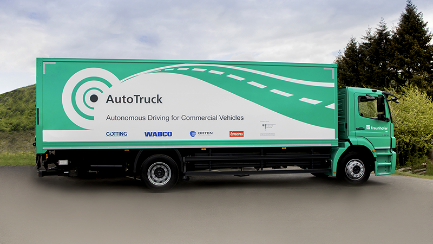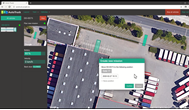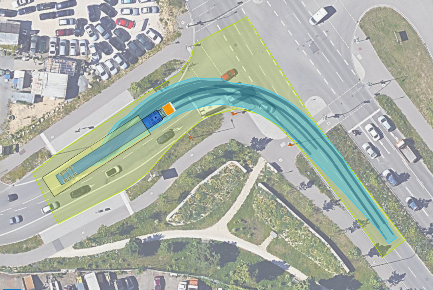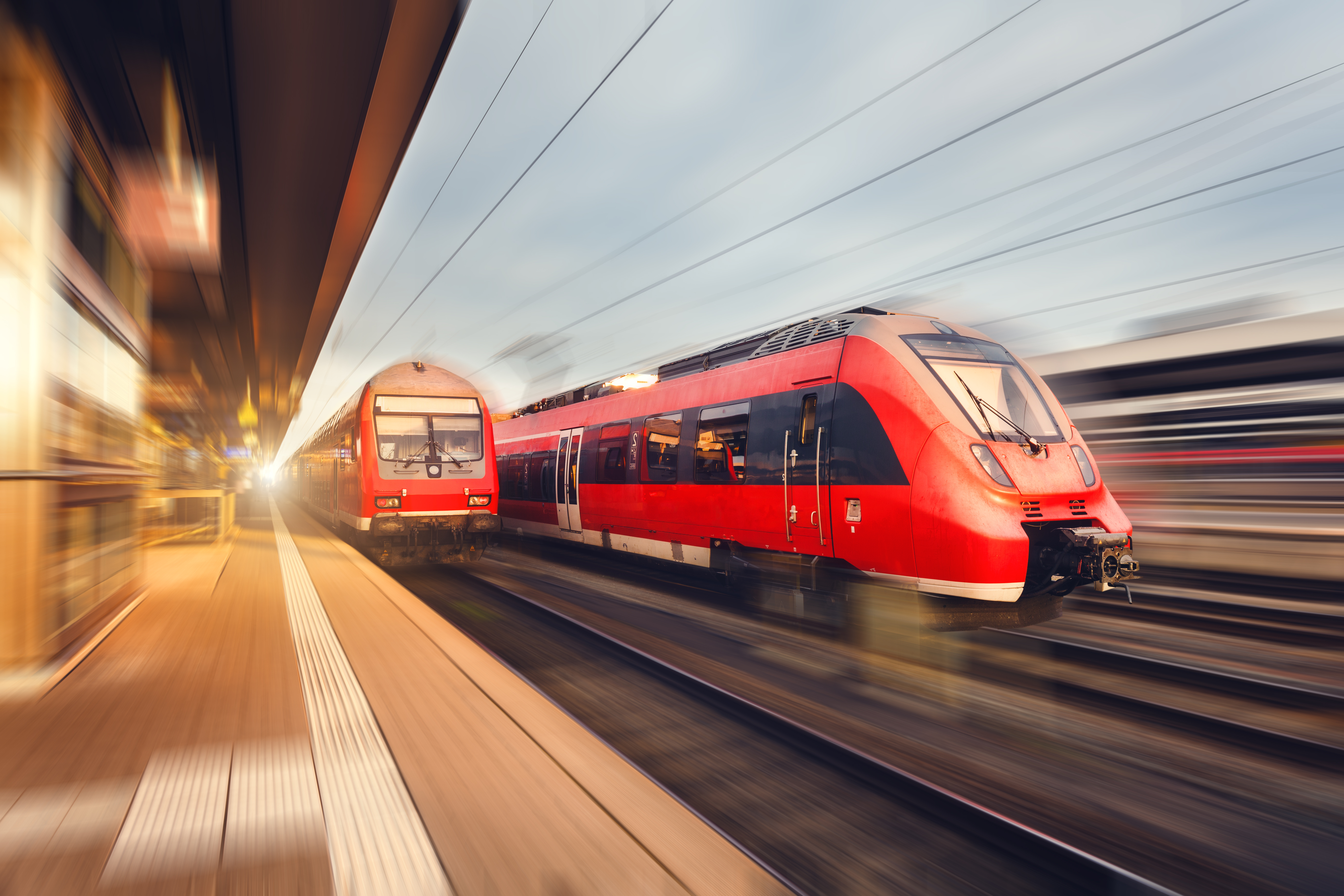Trucks in logistics centers are currently moved by drivers or other personnel in a labor-intensive manner. There are primarily two main driving tasks to be performed:
- shuttle trips: vehicles shuttle between two closely located sites, e. g., to transport goods between production facilities and/or warehouses. The locations can be connected by private or public roads.
- shunting: vehicles shunt in the logistics center to deliver or pick up goods. In most cases, drivers must dock quickly and accurately at loading docks.
If these driving tasks are fully automated, there are clear advantages in terms of transporting goods and merchandise efficiently, initially within the company. Driving personnel can be deployed more economically and break and driving times can be scheduled more flexibly. In addition, transport processes can be accelerated significantly and made safer.
Drivers are currently deployed for shunting and shuttle services at many production sites and logistics locations. In the 34 locations of the German freight centers (Deutsche GVZ-Gesellschaft (DGG) and GVZ-E Dresden - associated partners) alone, with over 1,400 resident companies and 52,000 employees, approximately 60,000 trips are made by truck every day. In principle, the routes in the logistics centers can be fully automated, since there are no decision-making processes in the vehicle itself that necessarily require a driver. This becomes abundantly clear in large port facilities, where goods are already moved over long distances by fully automated transport systems. Nevertheless, there, as well, automation currently ends after the truck that is approved for road transport and will distribute the goods via the public raod network has been loaded.
 Fraunhofer-Allianz Verkehr
Fraunhofer-Allianz Verkehr




